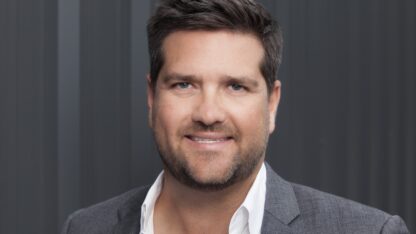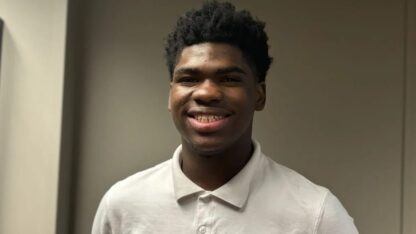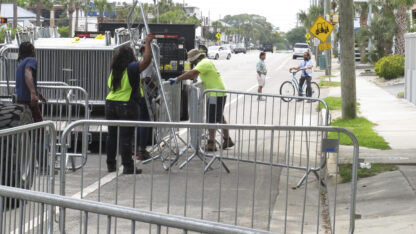Preview Of New WonderRoot Building Reveals Organization In Flux
Earlier this year, the nonprofit WonderRoot signaled a major shift in scope when it announced a move to a building 14 times its current size.
The arts group has a unique mission. Dedicated to inspiring social change, WonderRoot’s projects range from youth art programs, to dance showcases, to a variety of social activism projects. So as the group readies for the renovation of its building-to-be, WABE’s Kate Sweeney headed over for a preview tour, to find out what exactly the expansion means — both for WonderRoot and for Atlanta’s arts community as a whole.
The new building sits across the street from the one-story, 4,500-square-foot house where WonderRoot has spent its last seven years growing steadily from small nonprofit to a force in the arts community, partnering with groups such as the High Museum of Art and the Emory Center of Ethics.
It’s a highly symbolic move for the 12-year-old organization. And, at 54,000 square feet, it’s also a major one.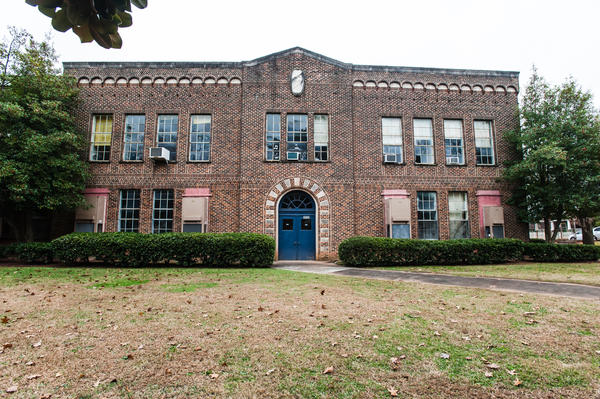
WonderRoot executive director Chris Appleton rattles off the history of their new building, which is actually quite old. Built in 1922 as John F. Faith Elementary School, the property at 1043 Memorial Drive has since housed a number of schools, most recently Tech High Charter School, which closed in 2012. “And that’s about when WonderRoot began the process of acquiring the building to be a center for arts and social change.”
The organization is repurposing the building under a 20-year lease from the Atlanta Public Schools Board of Education. The WonderRoot Center for Arts and Social Change will be divided into three types of spaces, roughly one for each of its three floors: public assembly spaces, private studios and community studios, which will include a recording studio, a darkroom, a digital media lab and a dance rehearsal studio.
There will also be a restaurant, a performance space and a 2,000-square-foot art gallery. WonderRoot’s mission is about using art to inspire social change, so the building will also house a few nonprofit groups and small creative businesses whose work gels philosophically with what WonderRoot does.
The estimated cost of the renovation is $2.8 million, and it’s slated to reach completion by late fall 2015.
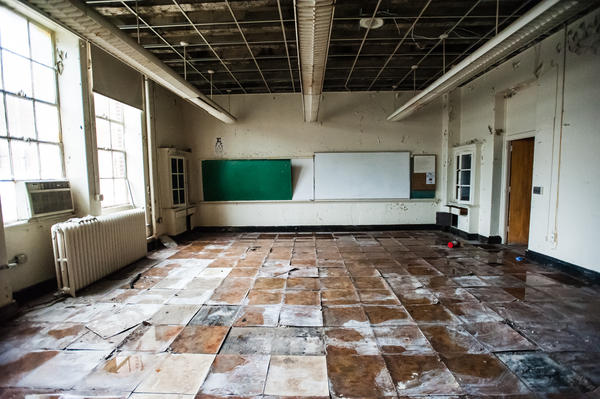
Revamps include things like divvying the existing classroom spaces into smaller artist studios, cleaning up the windows and digging down to the hardwood that exists beneath many — although not all — of the floors in this 90-plus-year-old school building.
Much of the funding for these renovations comes through an historic preservation grant — which will also see to things like the ditching drop ceilings in favor of the soaring originals and saving the school crest on the wall of the new performance space, a converted gymnasium in the building’s front.
More than 200 artists have applied for the planned 45 studios since the application process opened up in August 2014. That competition is good for WonderRoot on a number of levels. Right now, the group depends on donors for three-quarters of its income, but they hope that revenue from studio rentals will change that.
This highlights a tough question posed by the renovation. There’s no other physical space of this size in Atlanta that’s dedicated both to art and to social change. Decisions about how to allot the new space will have long-term repercussions on what WonderRoot does and the impact it makes in the community.
“[Y]ou think, before you really start planning, ‘That’s an unlimited amount of space. We would never need more than 50,000 square feet,’ but very quickly, we’re not even in the building yet and we’re bursting at the seams,” Appleton says.
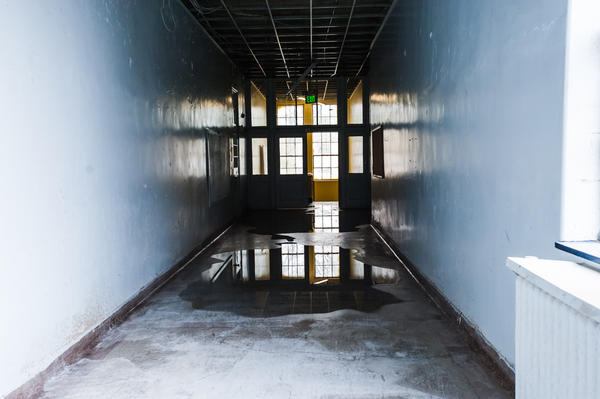
The expansion has forced WonderRoot to consider closely its role in both the arts and activism communities.
“Is our primary purpose to serve artists or to serve nonprofit arts organizations? And certainly, we will serve both…but I think we have come to the conclusion that…there [are] fewer resources for artists than for nonprofit arts organizations,” Appleton says.
And so, while some nonprofits will find homes here, the center’s main emphasis will be space and resources for artists.
Appleton says this points to the many unmet needs that still plague Atlanta’s arts world.
“We’ve been hearing a lot about a need to better serve the dance community, … the literary community, the film community….[T]here’s not, you know, a traditional in-town artist residency program.”
He says he’d like to see WonderRoot try its hand at all of these, too, at some point.
But sometimes, it takes a massive expansion to realize that you still can’t do it all.
9(MDAxODM0MDY4MDEyMTY4NDA3MzI3YjkzMw004))


